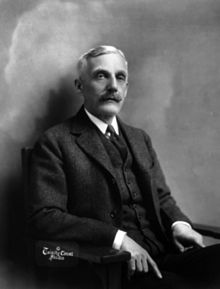What I want to point out is the physical relationship between Manning and his father. I know there was plenty of hard-to-find evidence that was pointed out for this relationship, but I will try to do my best to introduce some new evidence with analysis. There is some imagery when Manning describes his father's hugs by saying "They made me suck in my breath and struggle for control, and the way he would pound on my back made rumbles in my ears." (Manning 147). Since the imagery is both tactile and auditory, it further contributes to the idea that "words were physical" (Manning 145). Manning is claiming that he could feel his father's expressions through his father's hugs. The onomatopoeia of the word "pound" helps create an analogy with the imagery between verbal words and physical words (Manning 147).
There are even some other examples of "form meets content" that we didn't discuss in class (in terms of what I remember of the discussion). The way Manning uses a short sentence that is "It was not a long match" (Manning 146) emphasizes how short the arm wrestling match was. In contrast, Manning uses longer sentences in paragraph 4 to show how the arm wrestling matches seemed longer when Manning was younger.
There are even some other examples of "form meets content" that we didn't discuss in class (in terms of what I remember of the discussion). The way Manning uses a short sentence that is "It was not a long match" (Manning 146) emphasizes how short the arm wrestling match was. In contrast, Manning uses longer sentences in paragraph 4 to show how the arm wrestling matches seemed longer when Manning was younger.

